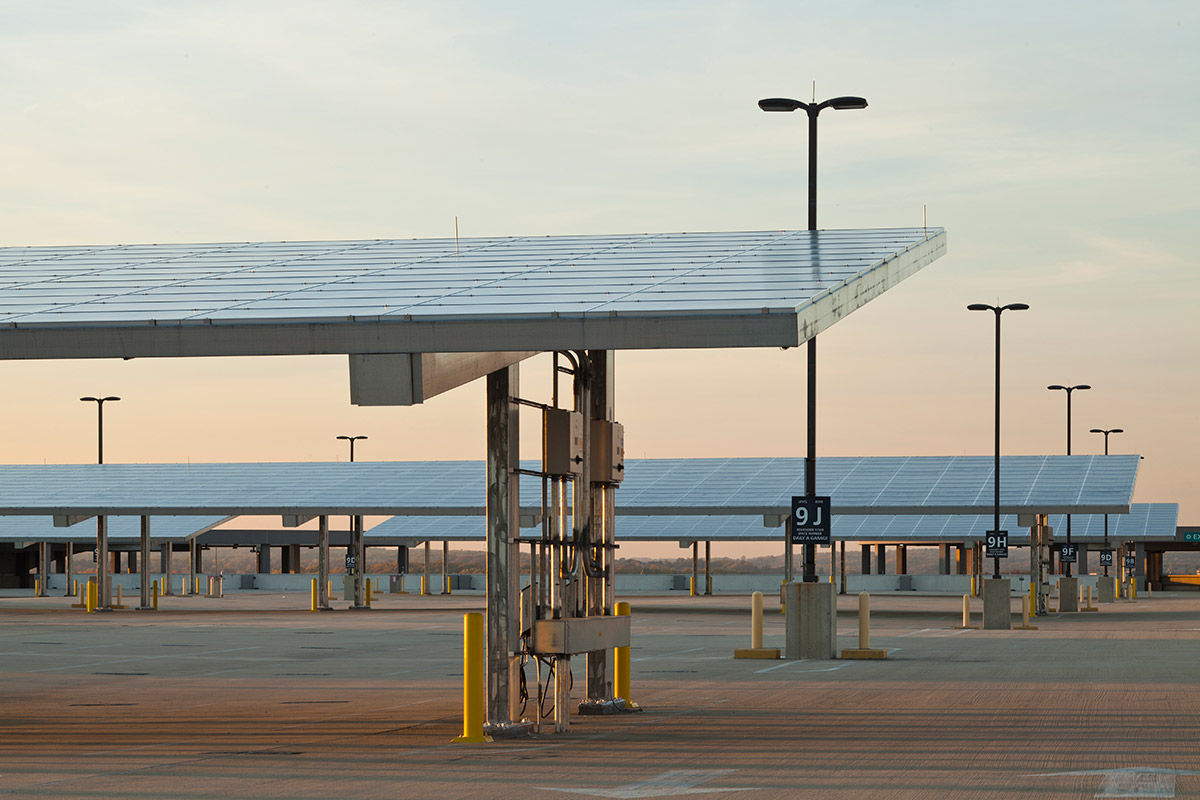The California Assembly unanimously approved SB 49, followed shortly by passing the Senate in a concurrence vote. Senator Josh Becker’s bill supports the buildout of solar, storage, and transmission projects alongside California highways.
If passed by Governor Newsom, the law would require that California agencies evaluate highway sides and right-of-way locations for clean energy projects. The state targets 90% clean electricity by 2035 and 100% by 2045.
The bill requires the state’s transportation department Caltrans to evaluate the issues and policies impeding the development of land within department-owned rights-of-way for renewable energy generation facilities, energy storage facilities, and electrical transmission and distribution facilities, as specified.
With solar jumping from 2,609 GWh to 48,950 GWh in the past decade, and coal nearly completely phased out, data from the California Energy Commission showed that the state is on the path to achieving its goal of being carbon neutral by 2045.
In just over 20 years, the Governor’s office projects a need for an additional 148 GW to meet California’s clean energy demand.
This represents a growth of 400% over the next two decades, a tall order, but one that is achievable for the frontrunner in clean energy technologies nationwide. Already, California surpassed targets of a 33% share for renewable energy, has reduced emissions below 1990 levels, and has sold over 1.5 million electric vehicles. As of 2021, 59% of the state’s electricity comes from zero-carbon sources.
Thoughtful planning of solar project siting can save useful land, protecting farmlands, habitats, and other land uses. A report from Environment America based on analysis from Georgia-based nonprofit The Ray shows that the counties of Los Angeles, Ventura, and San Diego in California have 4,800 acres of suitable solar project space alongside its highways and rights-of-way.
These spaces are advantageously located alongside infrastructure and are otherwise unused. The sites could host over 960 MW of solar capacity, generating 1,960 GWh per year. This is roughly equivalent to the electricity demand of 270,000 California homes.
“California can utilize the results of our solar analysis tool to prioritize the most promising spaces for solar panels in the state’s vast rights-of-way, and generate a wealth of clean electricity in the process,” said David Peters, western regional manager, The Ray.
California has more than 75,000 lane miles of state and federal highways, leaving the door open for clean energy development that is conscious of land use and strategically located near infrastructure.
“This new analysis makes a strong case for utilizing land along California’s highways to generate clean energy,” said state Sen. Josh Becker. “If just three counties have this much solar potential alongside their highways, imagine our entire state’s potential. Let’s make better use of the available roadside land at our disposal.”
This content is protected by copyright and may not be reused. If you want to cooperate with us and would like to reuse some of our content, please contact: editors@pv-magazine.com.









By submitting this form you agree to pv magazine using your data for the purposes of publishing your comment.
Your personal data will only be disclosed or otherwise transmitted to third parties for the purposes of spam filtering or if this is necessary for technical maintenance of the website. Any other transfer to third parties will not take place unless this is justified on the basis of applicable data protection regulations or if pv magazine is legally obliged to do so.
You may revoke this consent at any time with effect for the future, in which case your personal data will be deleted immediately. Otherwise, your data will be deleted if pv magazine has processed your request or the purpose of data storage is fulfilled.
Further information on data privacy can be found in our Data Protection Policy.